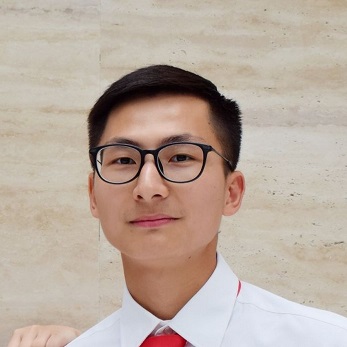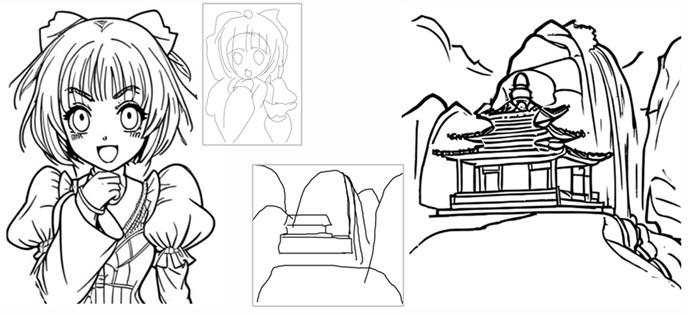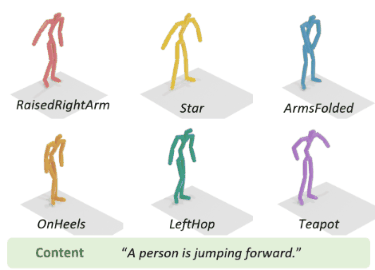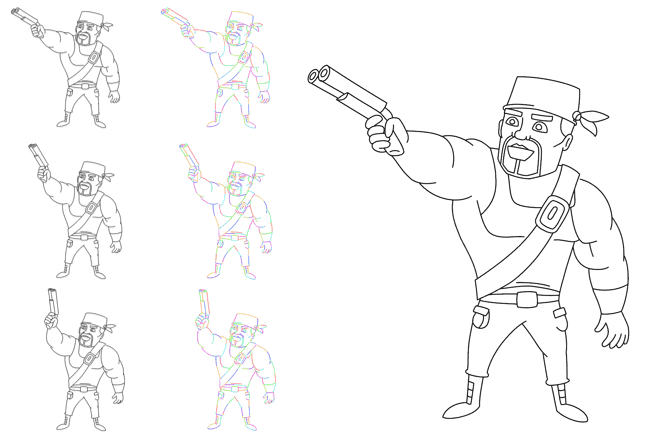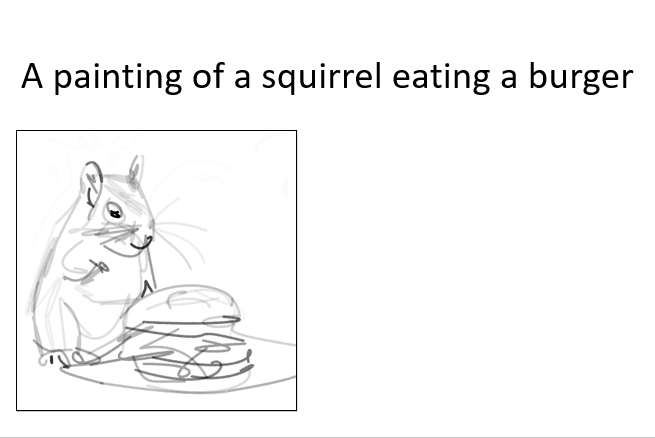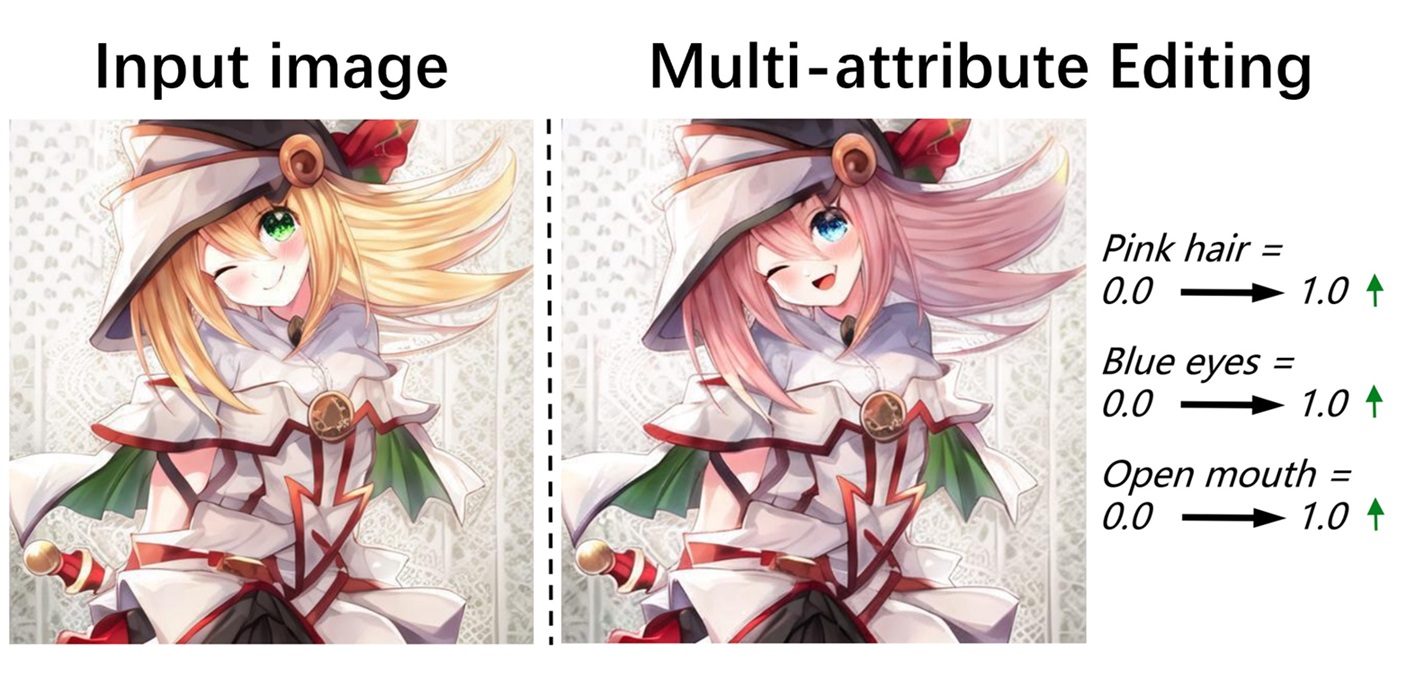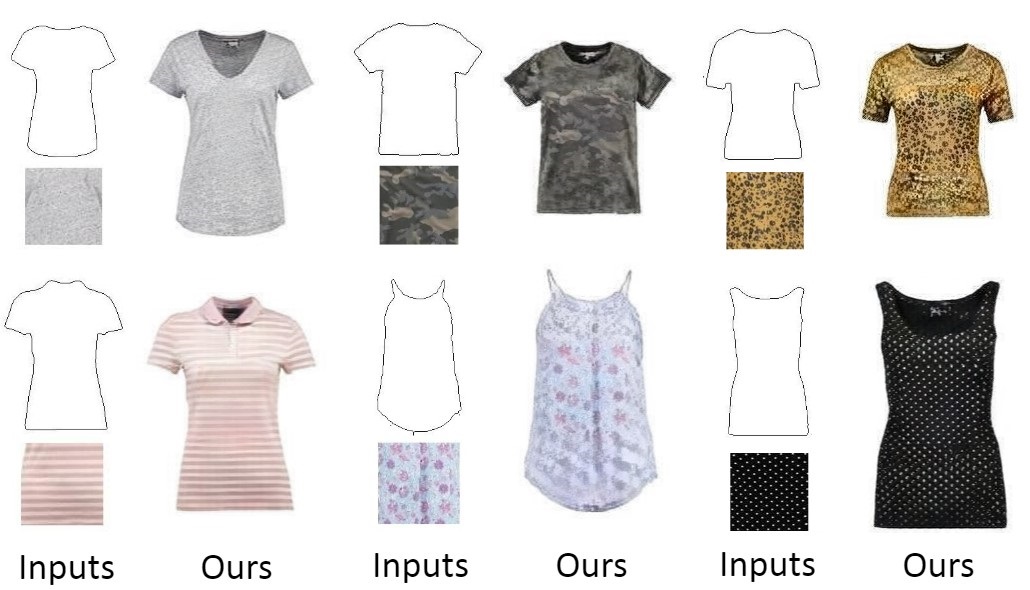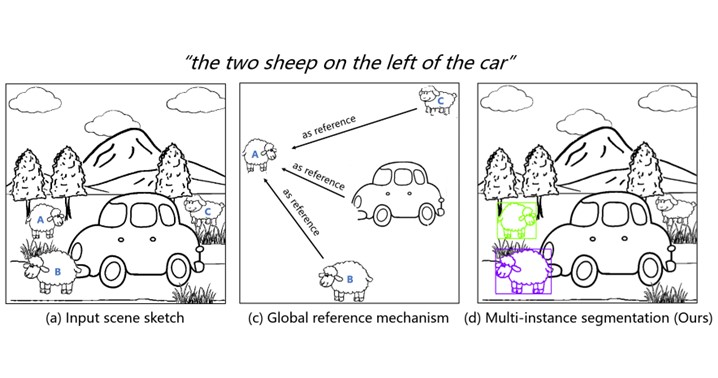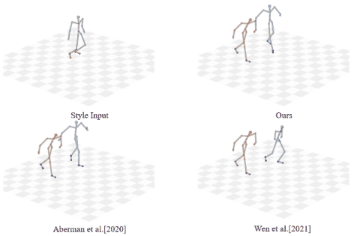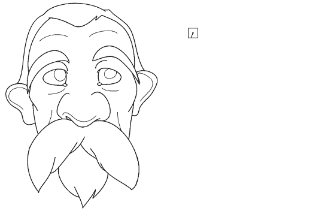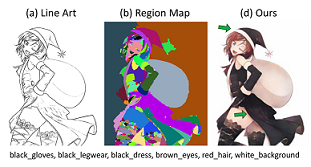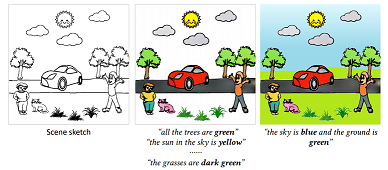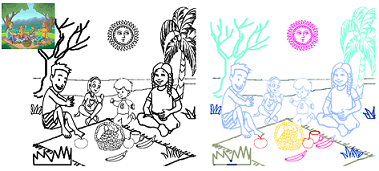Project Page
Paper
Poster
Code
Abstract
Bibtex
We contribute the first large-scale dataset of scene
sketches, SketchyScene, with the goal of advancing research on sketch understanding at both the object
and scene level. The dataset is created through a novel and carefully designed crowdsourcing pipeline,
enabling users to efficiently generate large quantities realistic and diverse scene sketches.
SketchyScene contains more than 29,000 scene-level sketches, 7,000+ pairs of scene templates and photos,
and 11,000+ object sketches. All objects in the scene sketches have ground-truth semantic and instance
masks. The dataset is also highly scalable and extensible, easily allowing augmenting and/or changing
scene composition. We demonstrate the potential impact of SketchyScene by training new computational
models for semantic segmentation of scene sketches and showing how the new dataset enables several
applications including image retrieval, sketch colorization, editing, and captioning, etc.
@inproceedings{zou2018sketchyscene,
title={Sketchyscene: Richly-annotated scene sketches},
author={Zou, Changqing and Yu, Qian and Du, Ruofei and Mo, Haoran and Song, Yi-Zhe and Xiang, Tao and Gao, Chengying and Chen, Baoquan and Zhang, Hao},
booktitle={Proceedings of the european conference on computer vision (ECCV)},
pages={421--436},
year={2018}
}
